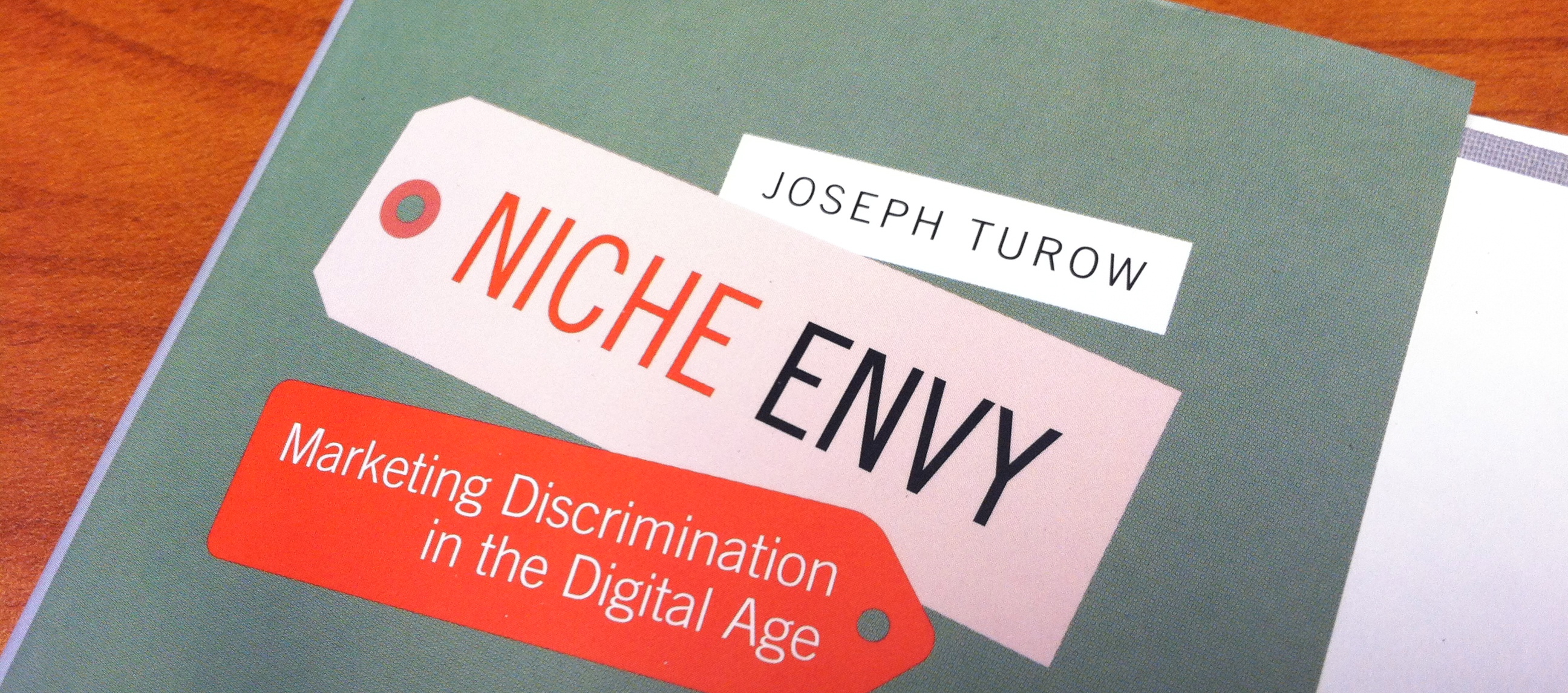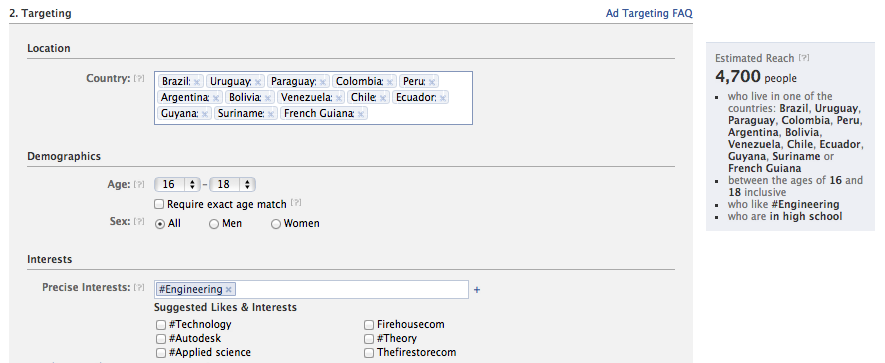Direct Marketing and Nanotargeting
May 1, 2012

Today I noticed books at discount prices placed outside the MIT Press. One title caught my eye. It is Niche Envy: Marketing Discrimination in the Digital Age by Joseph Turow. There are some relevant learnings I am gaining from this book. It was written in 2006; to give you a sense of how old that is in social media time, in 2006 Facebook was still only open to university and high school students and employees of select companies (and finally opened to the public in September of 2006). Anyway, Turow quotes a Dun and Bradstreet executive that saw the social fragmentation of society as a parallel to the growing number of media channels and the distribution of audiences across more outlets than ever (page 65):
"The traditional hallmarks of direct marketing – precise audience identification, individualized media communication, and speedy, full-satisfaction order fulfillment – could mesh constructively, he said, with the new technologies."
The principles of direct marketing show up in the 1980s and 1990s when businesses kept transactional databases because "the predictor of future behavior is specific past behavior" (64).
Nanotargeting
Now, direct marketing is more fine-tuned than ever before. Facebook ads allow one to create an ad that could appear on walls of the people with very specific interests. Take luckyjodi's example; her boyfriend proposed to her and she answered him with a Facebook ad by narrowing the ad parameters to reach just him. David Kerpen, CEO of Likeable Media, calls this nanotargeting. He explains in his book Likeable Social Media, "I ... jumped onto the Facebook ad platform, played around with targeting options, and took out an ad for 31-year-old, married, female employees of Likeable Media living in New York City. The ad copy read, 'I love you and miss you Carrie. Be home from Texas soon.' That advertisement had a target audience of one" (pages 25-26). Kerpen admits:
"...you probably don't have a target audience of one. Then again, maybe you do: would your brand benefit from engaging with the CEO of the largest company in town or the investment manager of a venture capital firm? Consider the possibilities of nano targeting…."
Application:
The nano targeting capabilities of Facebook make it possible for us to reach prospects in higher education as well. Pretend you are the Department of Engineering and you've been sending brochures to prospective students at high schools where engineering and math classes are strong. Your broad targeting works, but you want a bigger and better pool of international applicants, especially from South America. When I start a Facebook ad and search for people in high school between the ages of 16 and 18 who live in South American countries and who have listed 'engineering' as an interest on their Facebook profile, my search returns 4,700 people. A Facebook ad targeted to this specific group may yield more applicants from this area.

Moreover, the department pays for every paper brochure sent via mail, whether or not the receiver reads it. On Facebook, you can pay per click, meaning you only pay money when the individual is interested enough to click on the ad to read more. Usually these ads cost less per click than a brochure costs to design and print.
